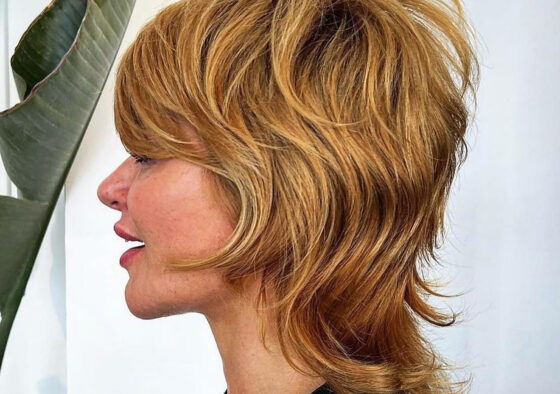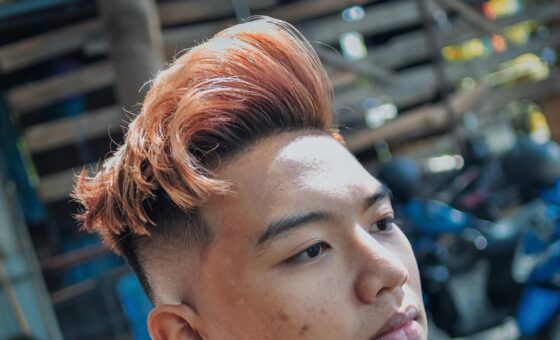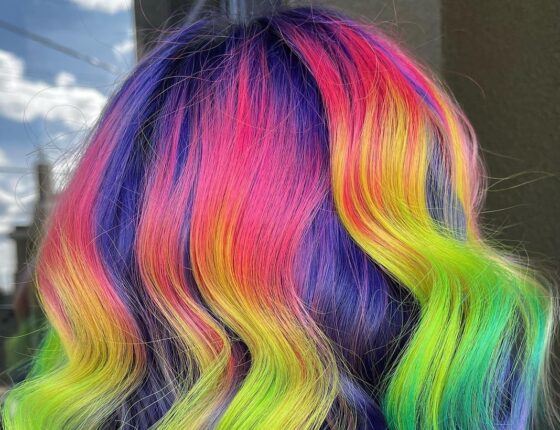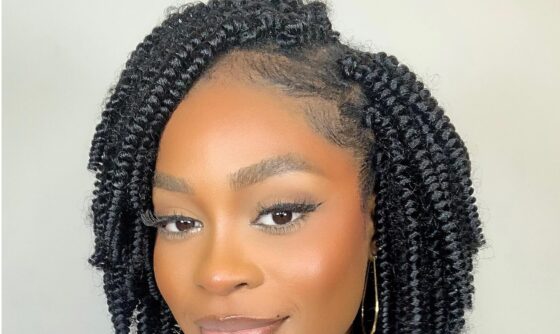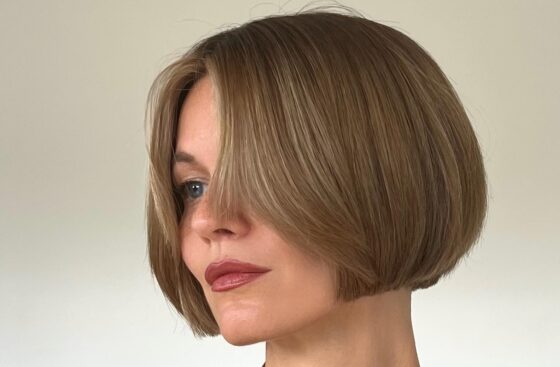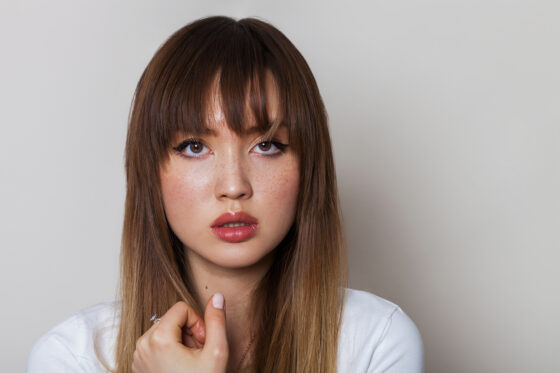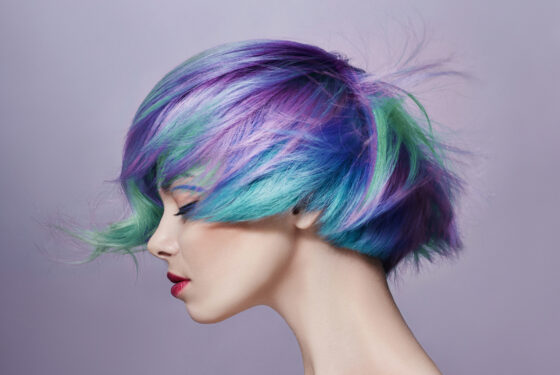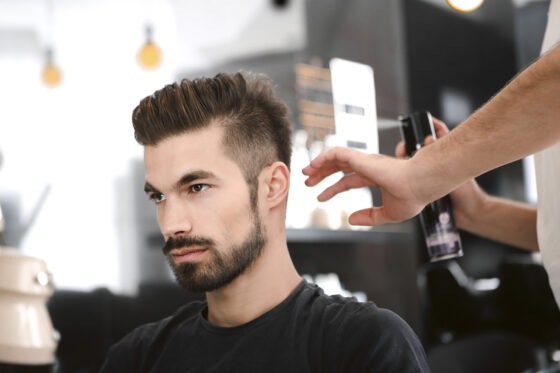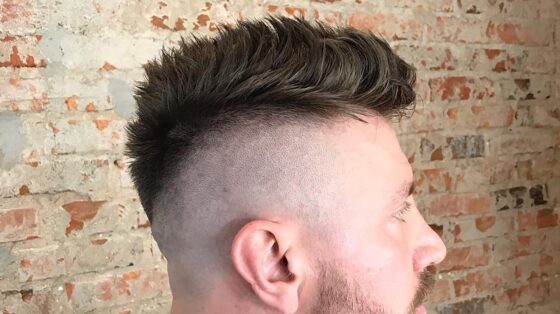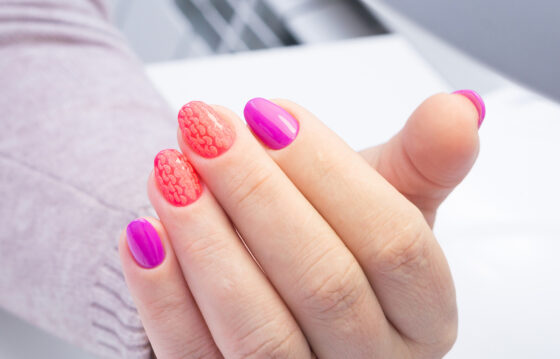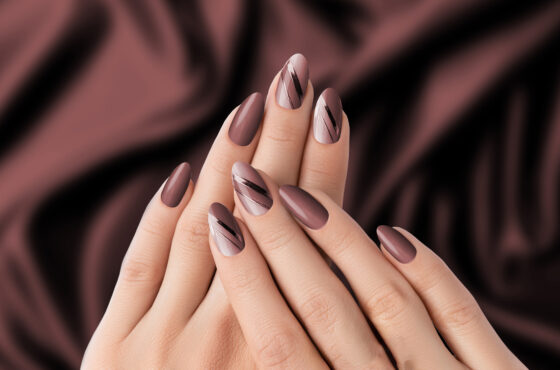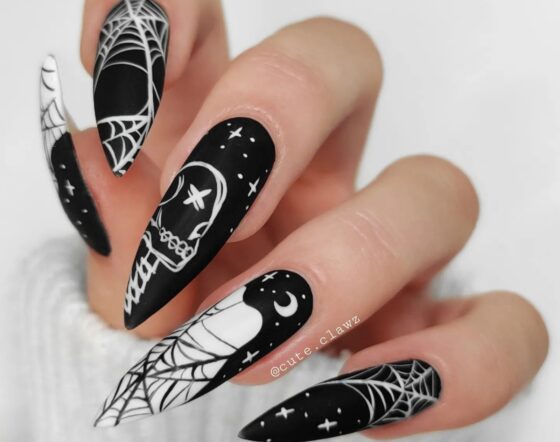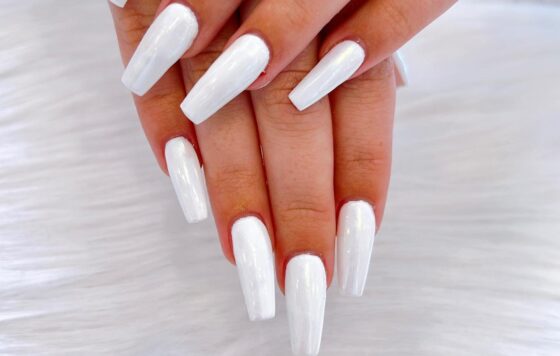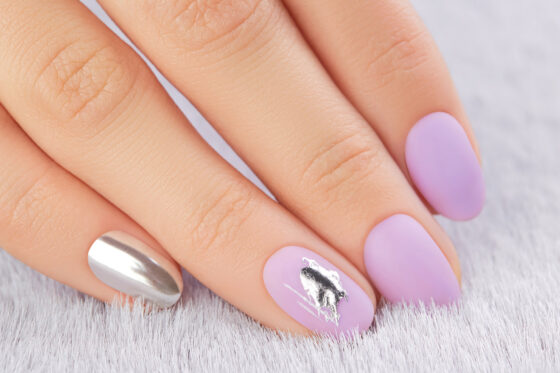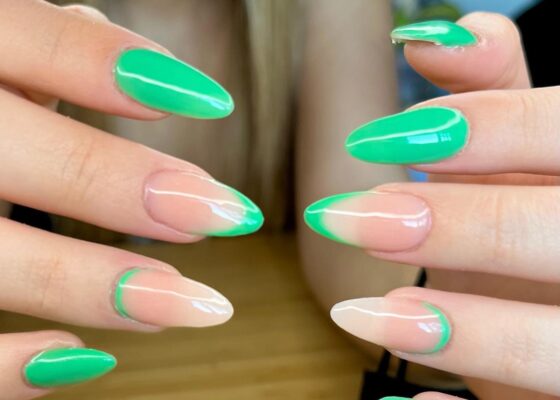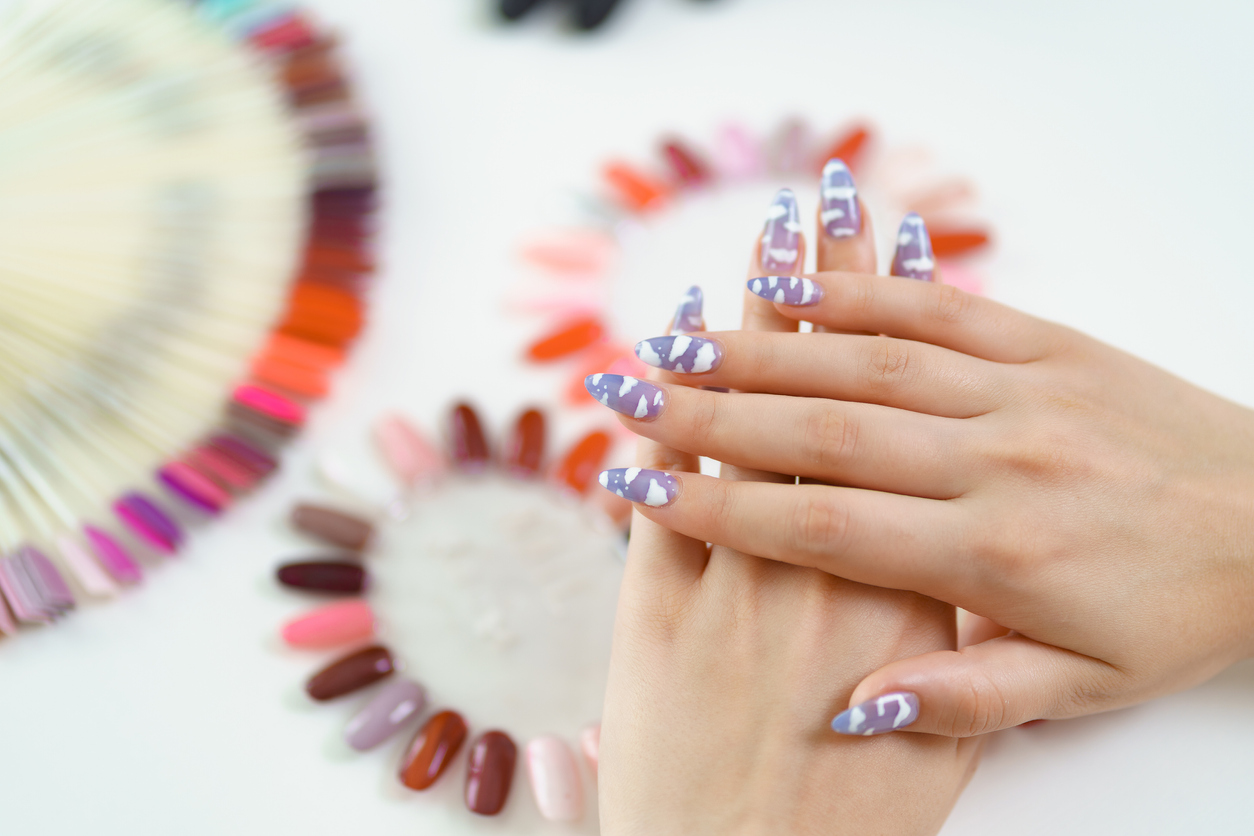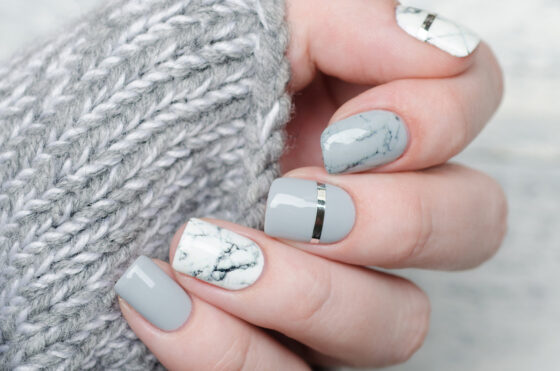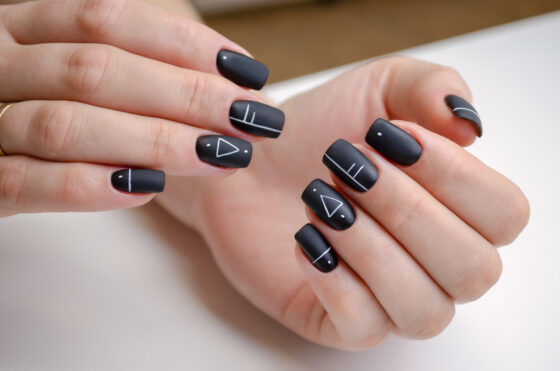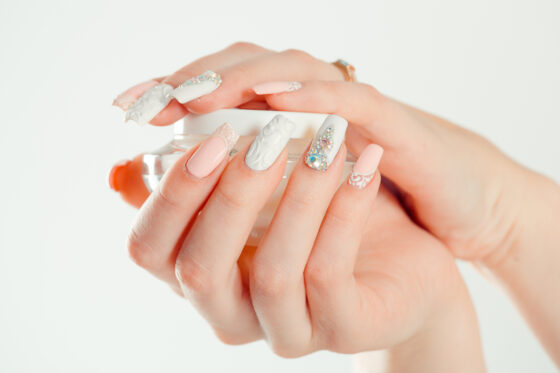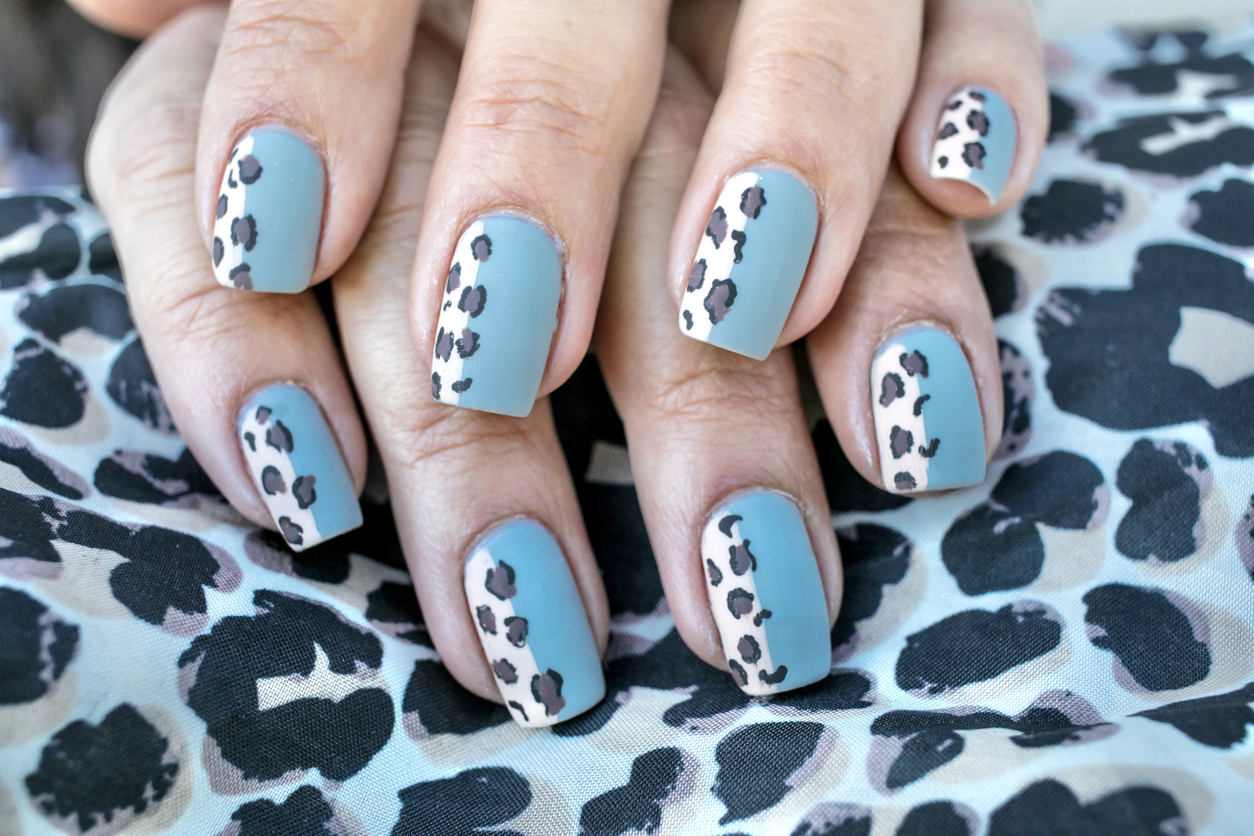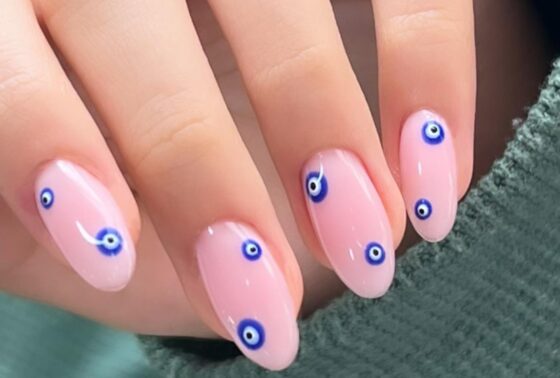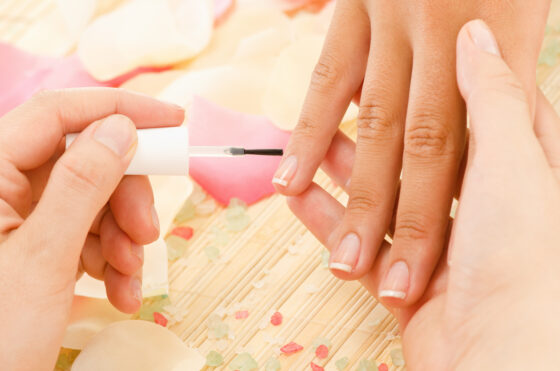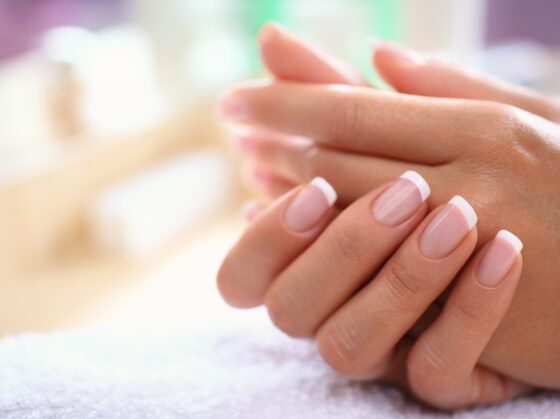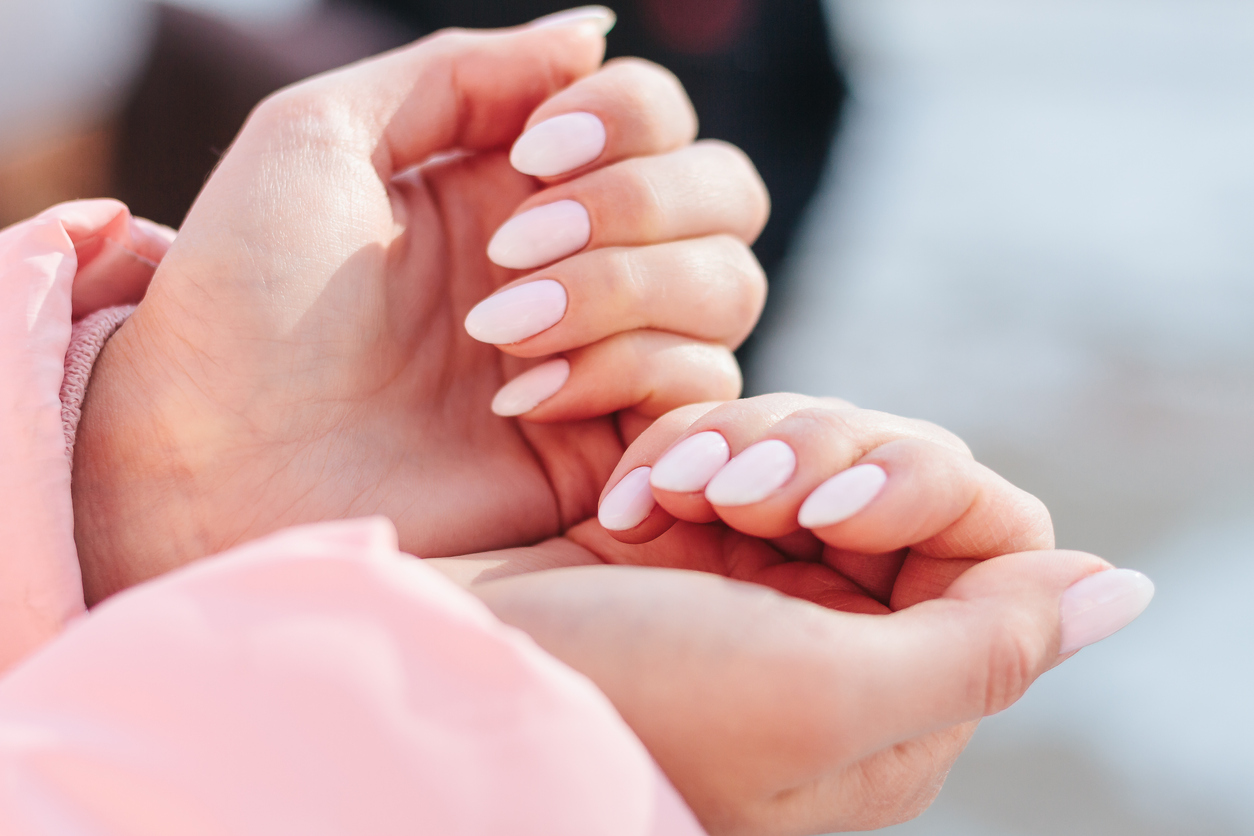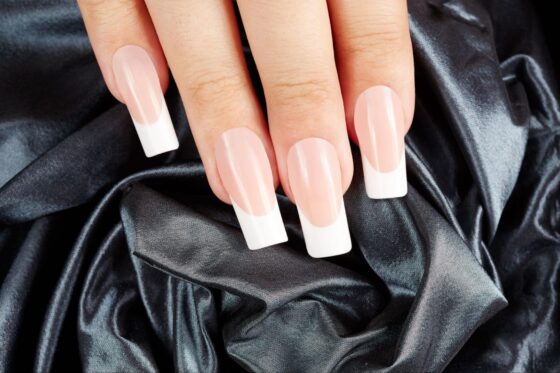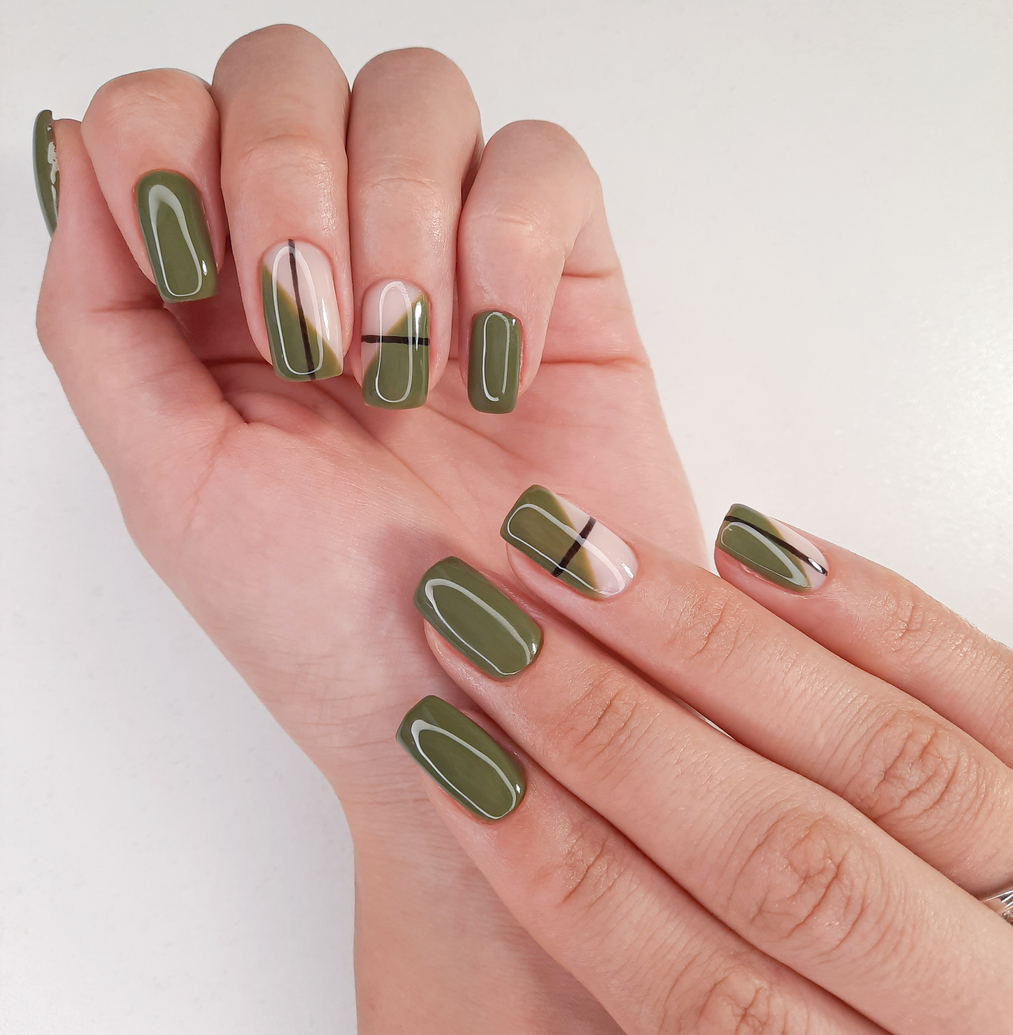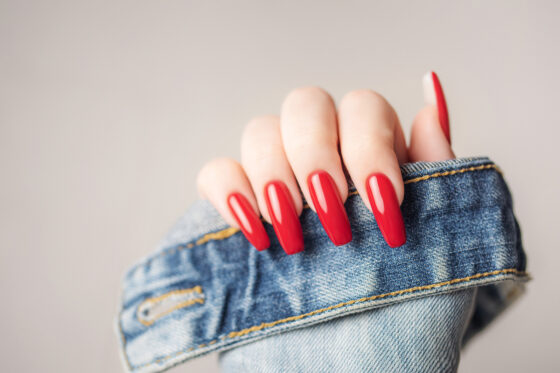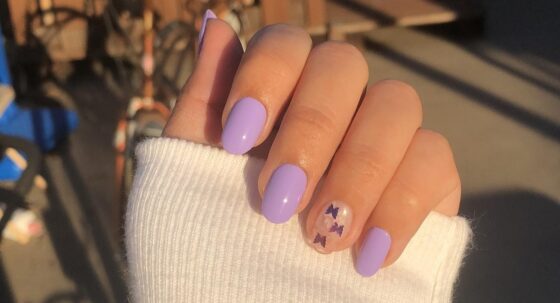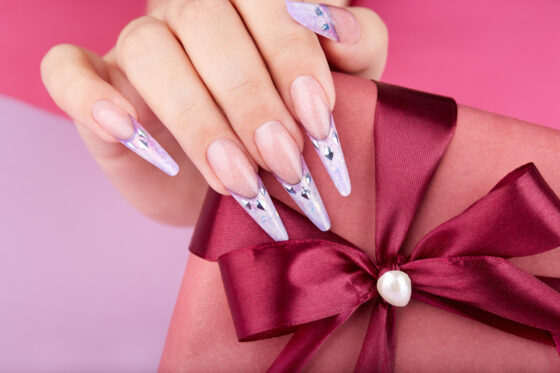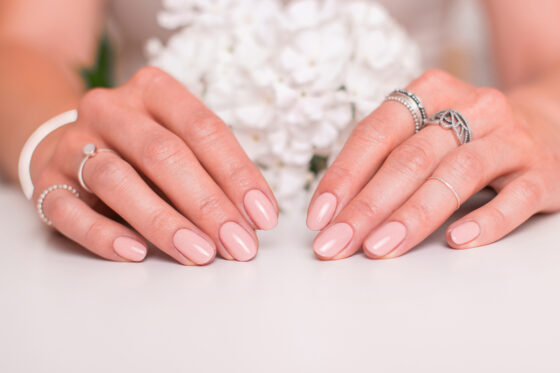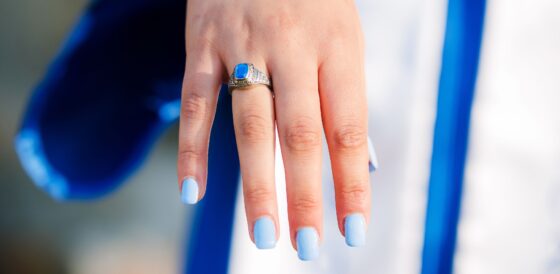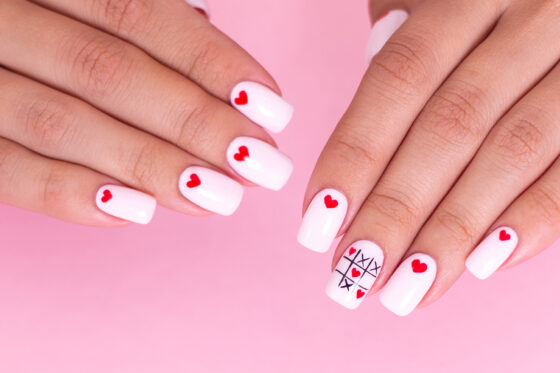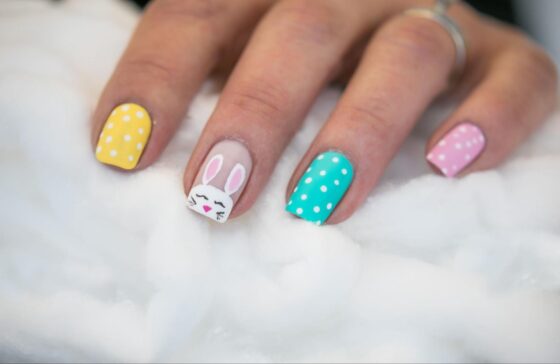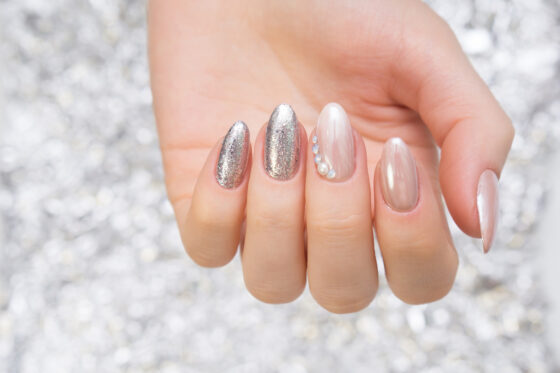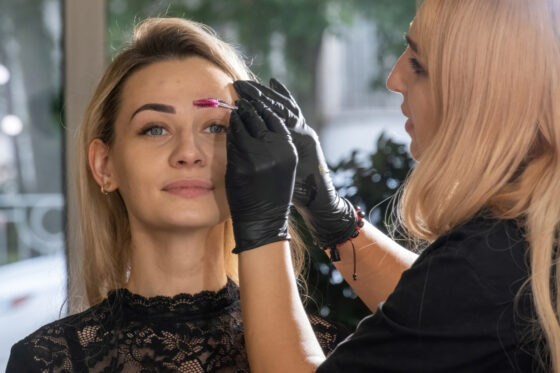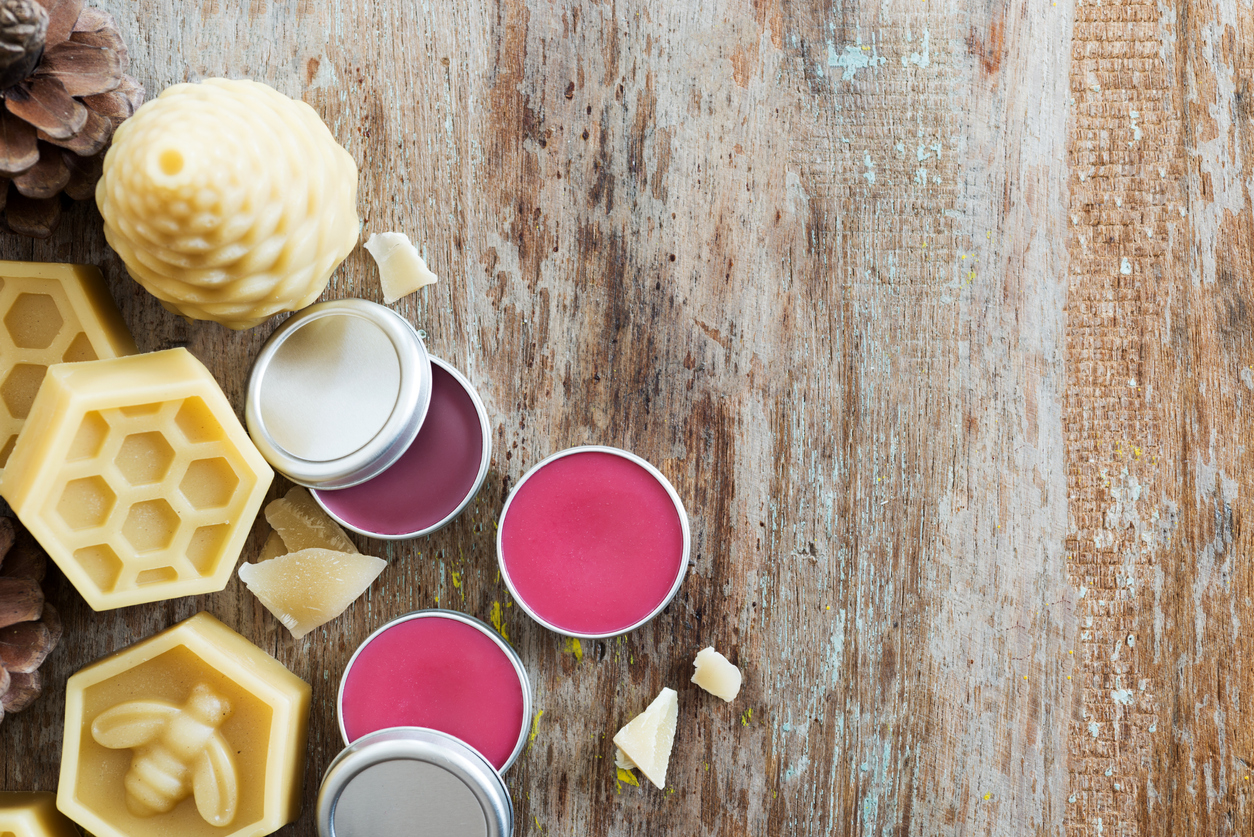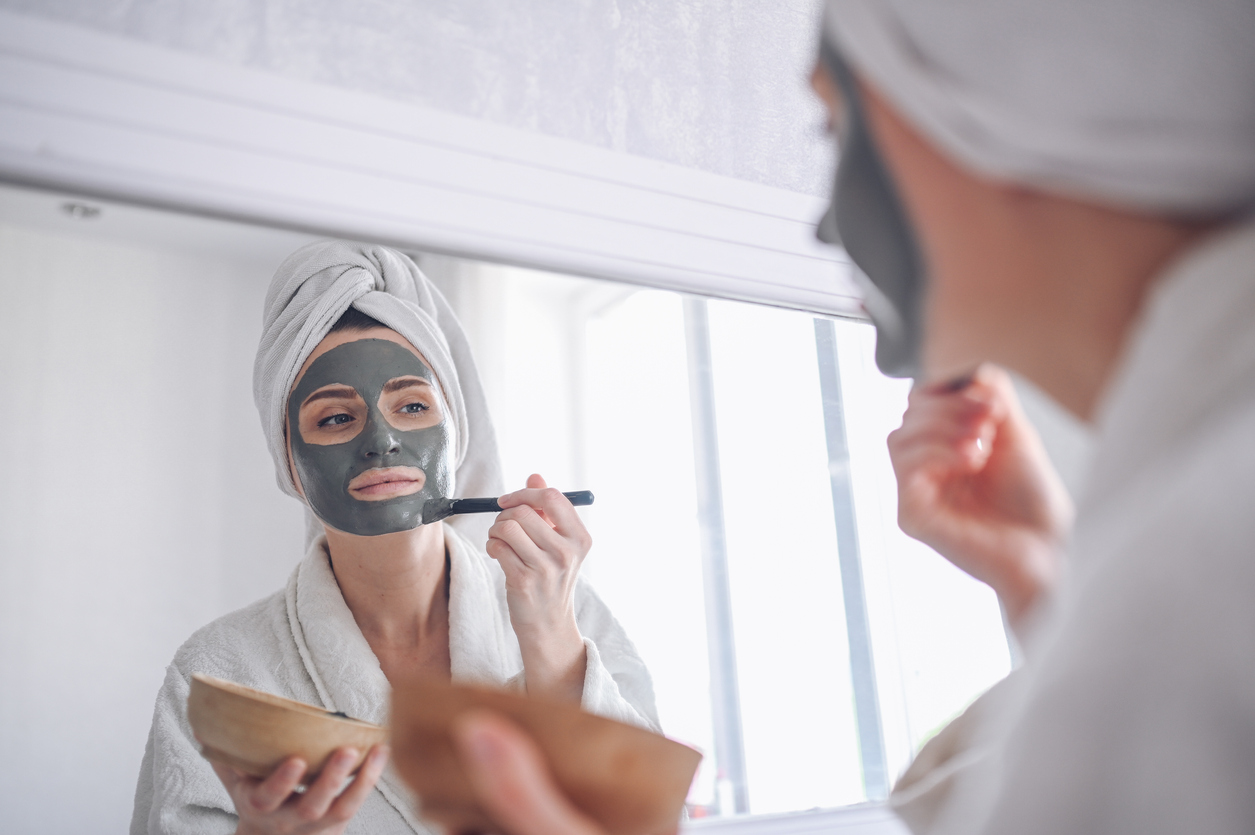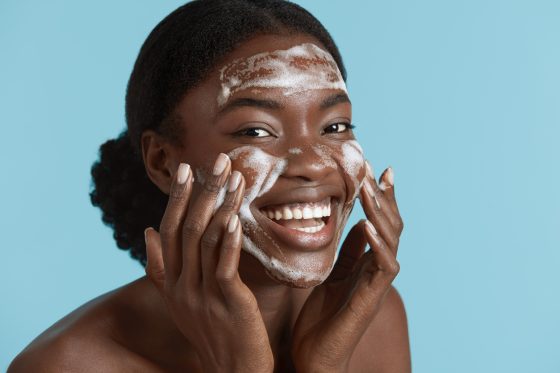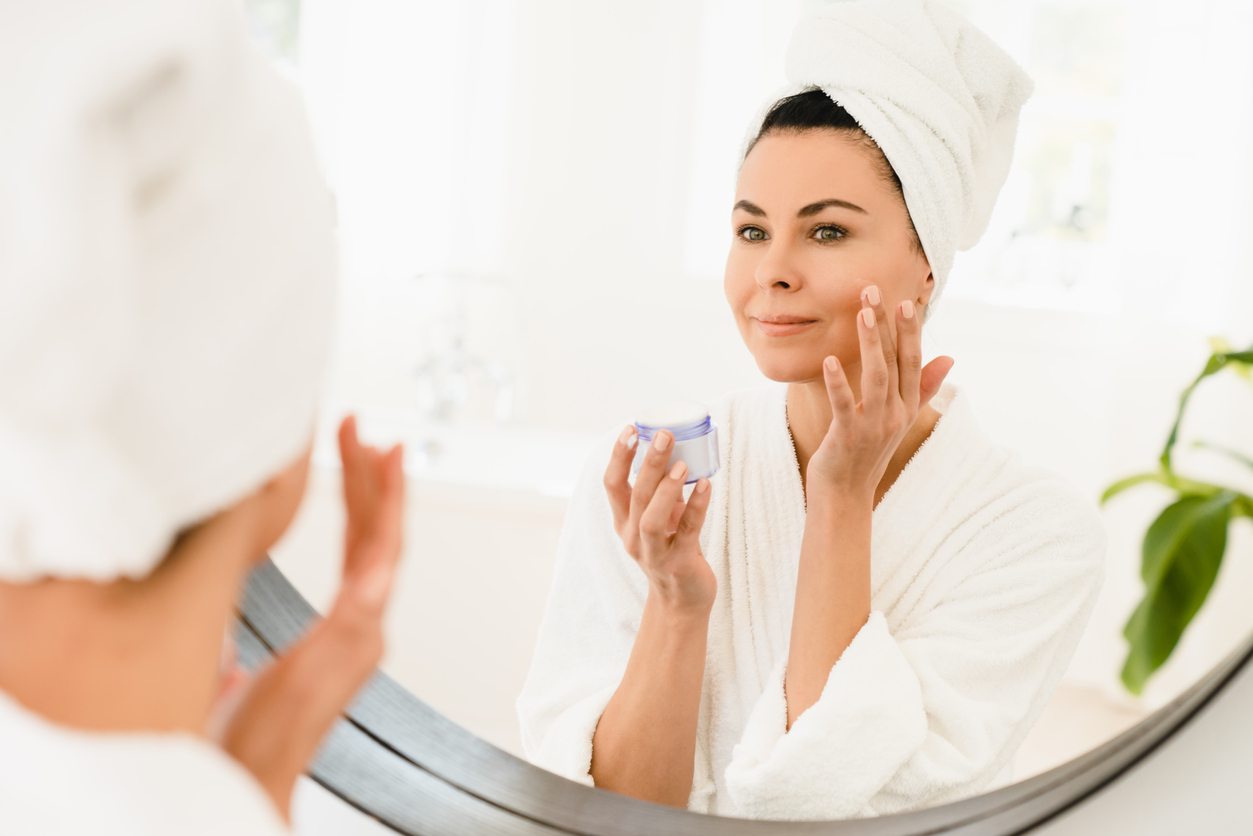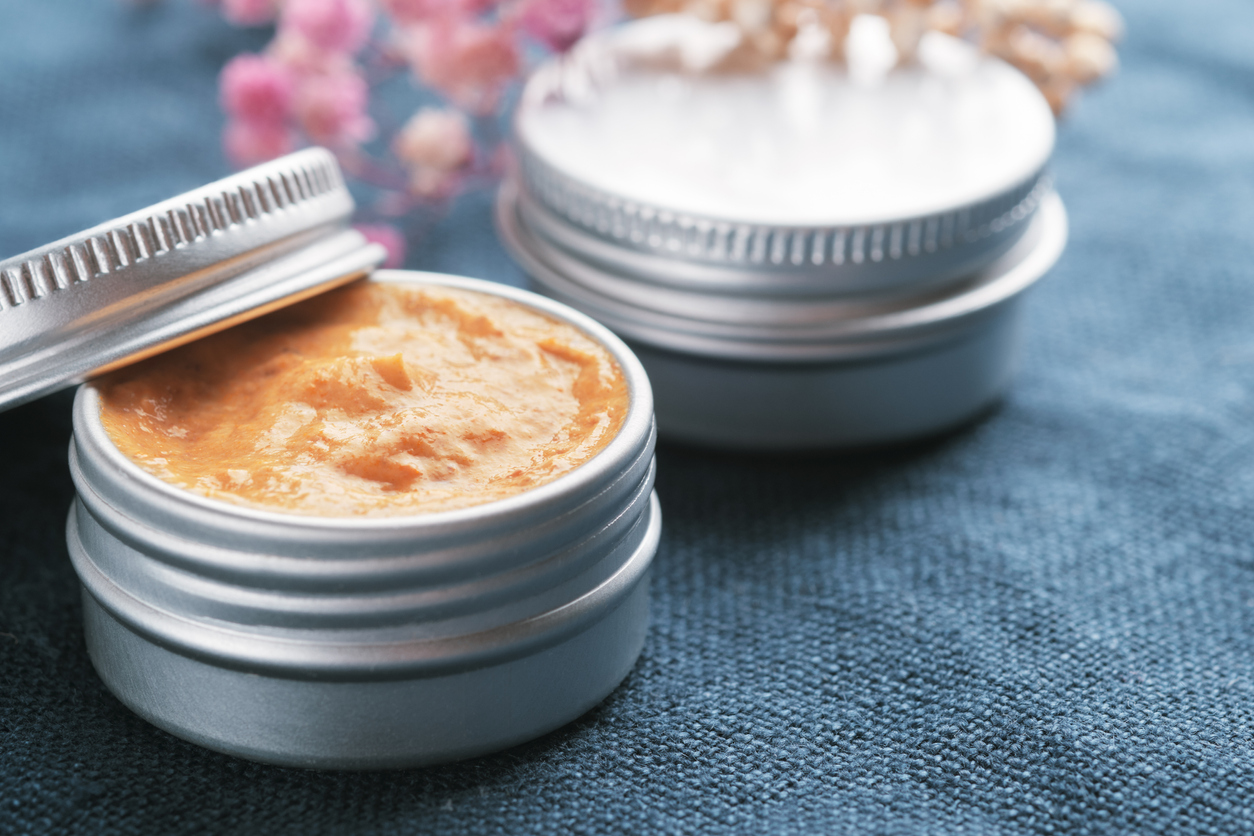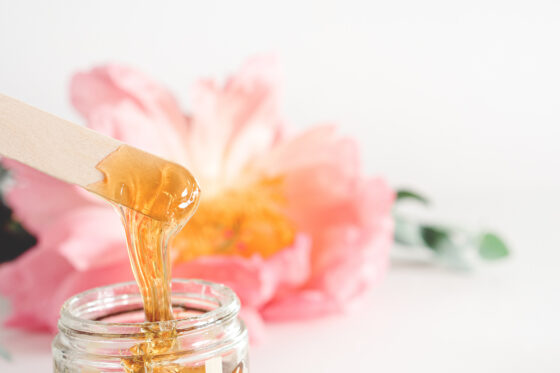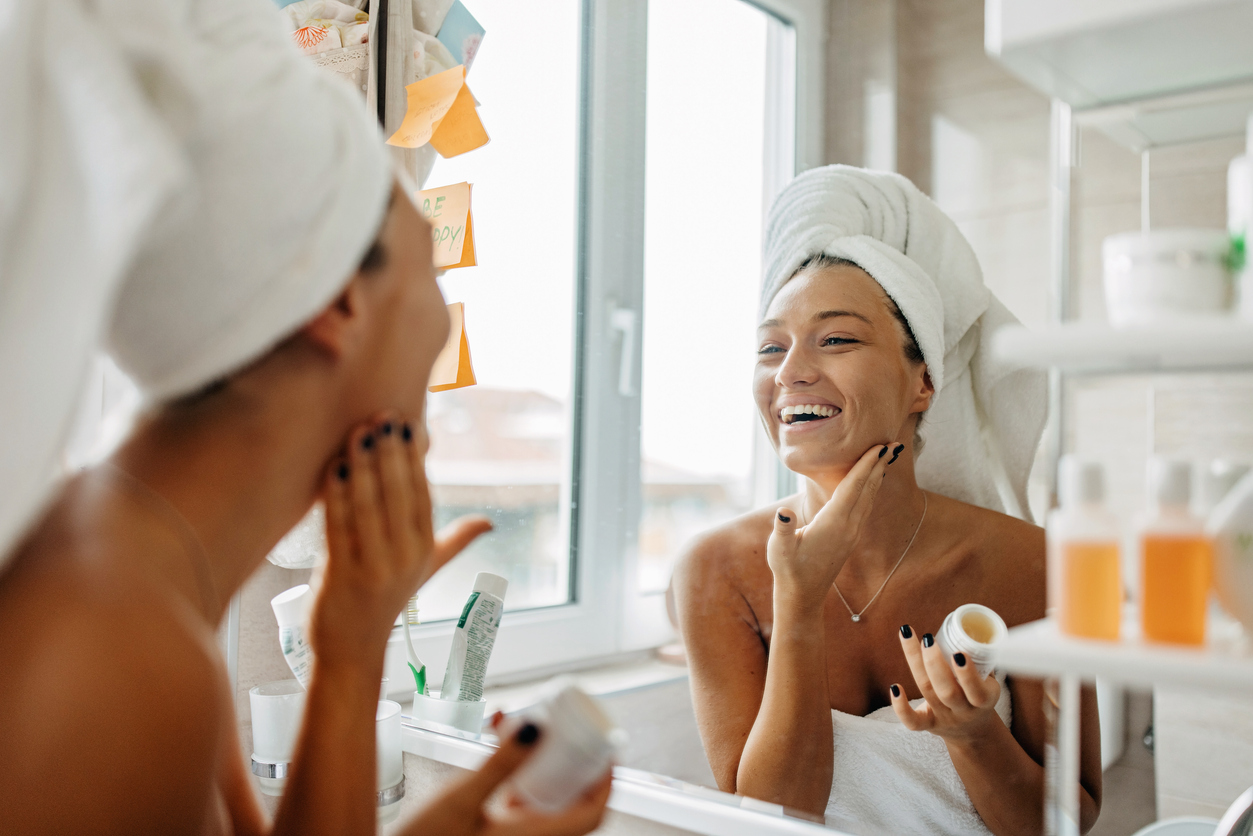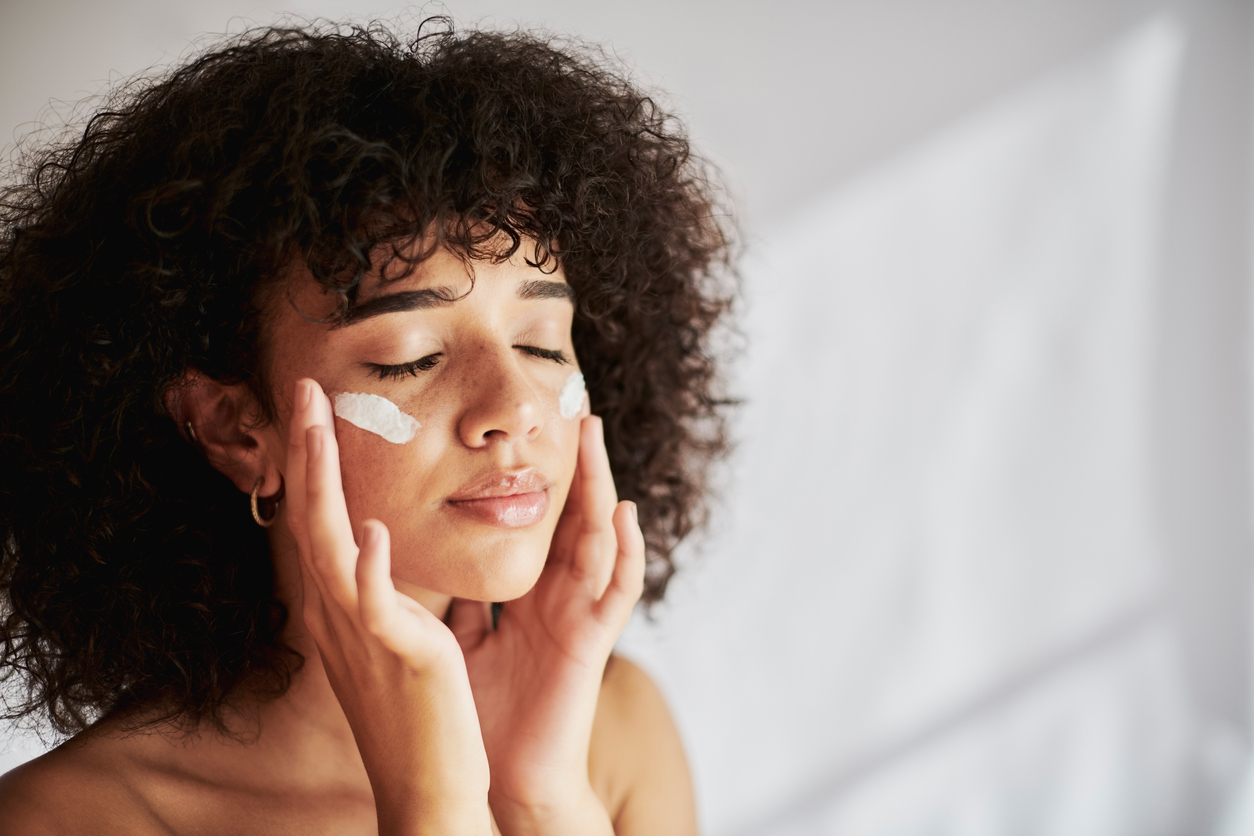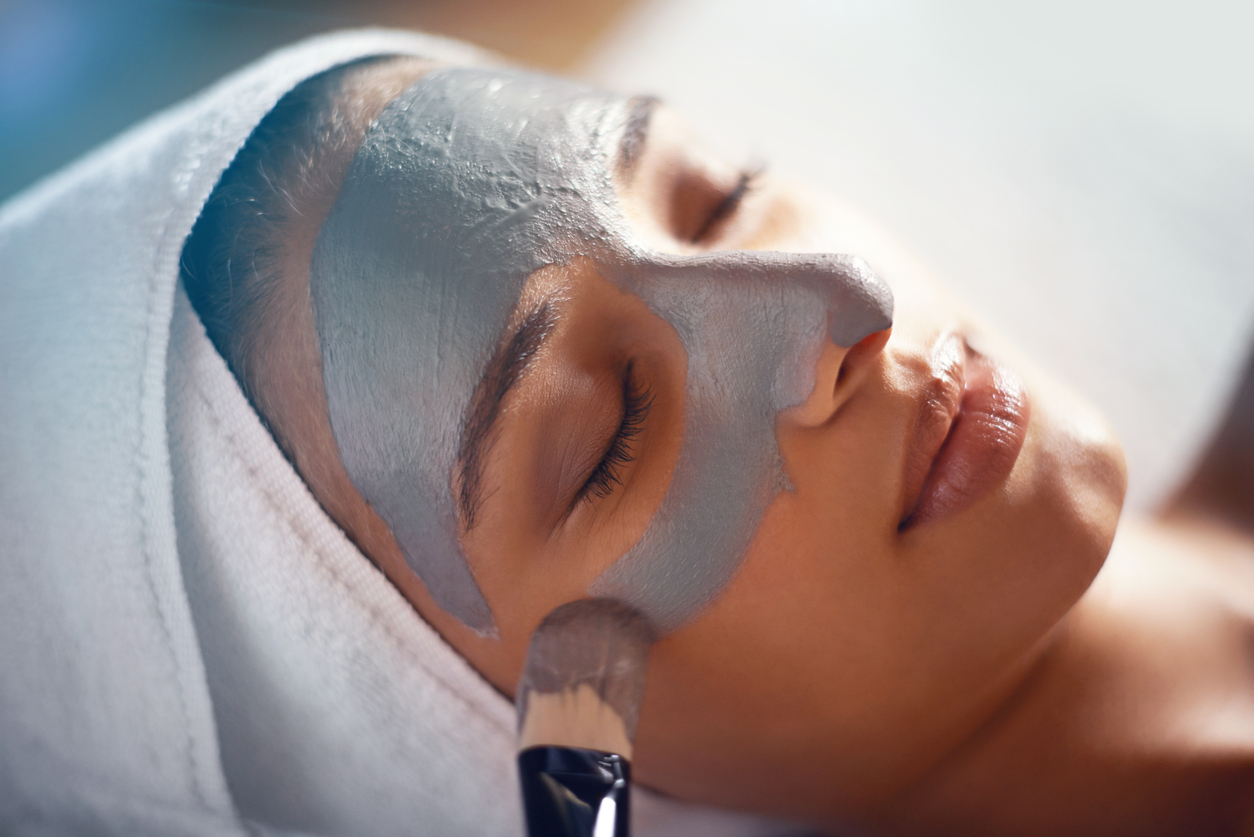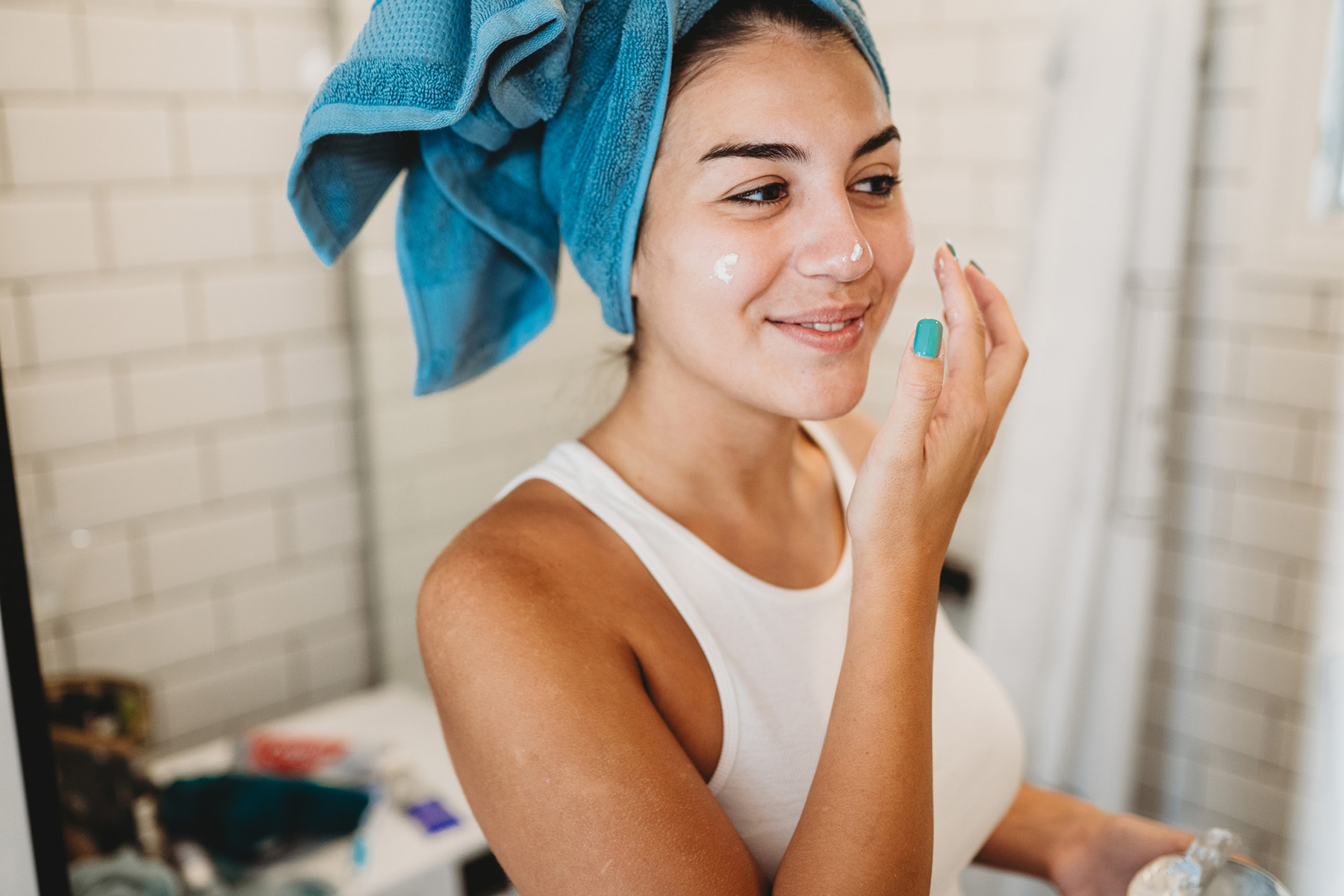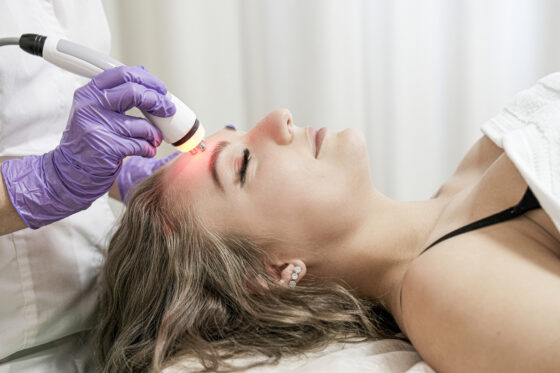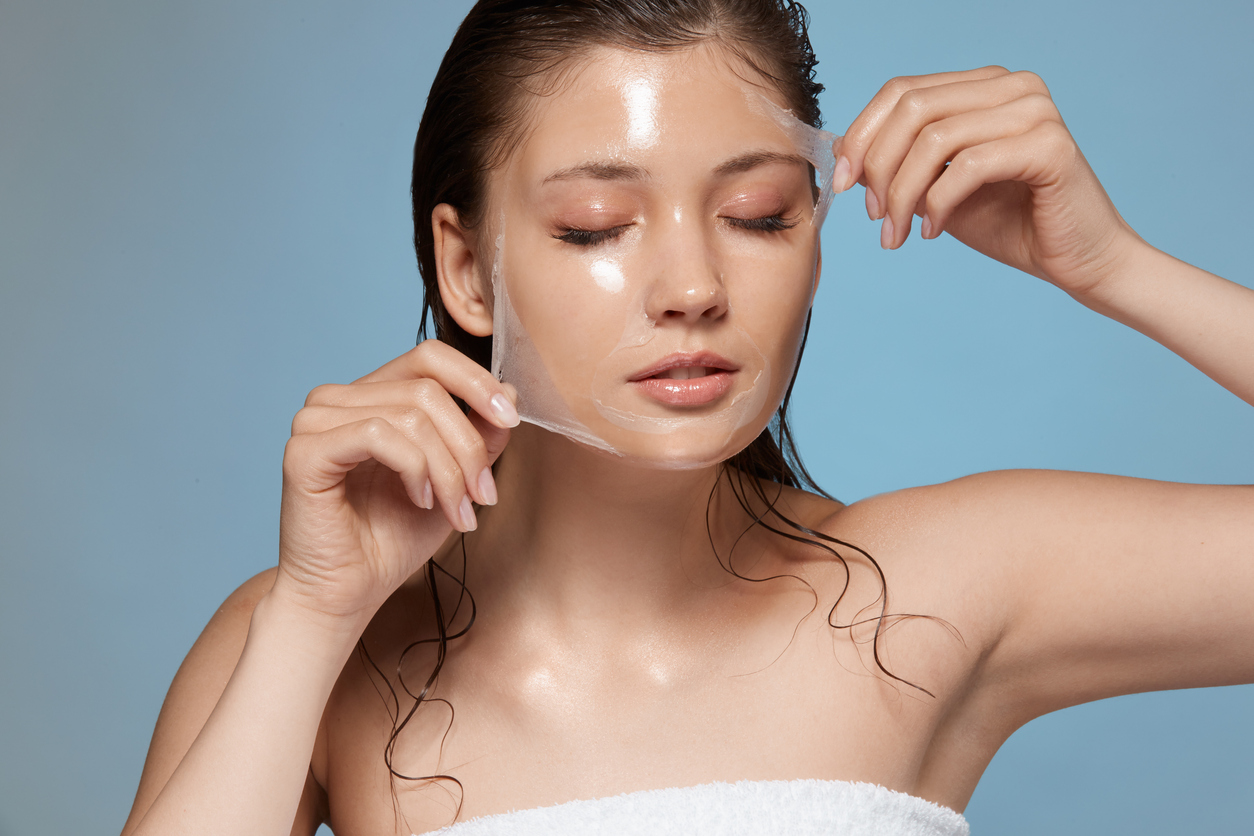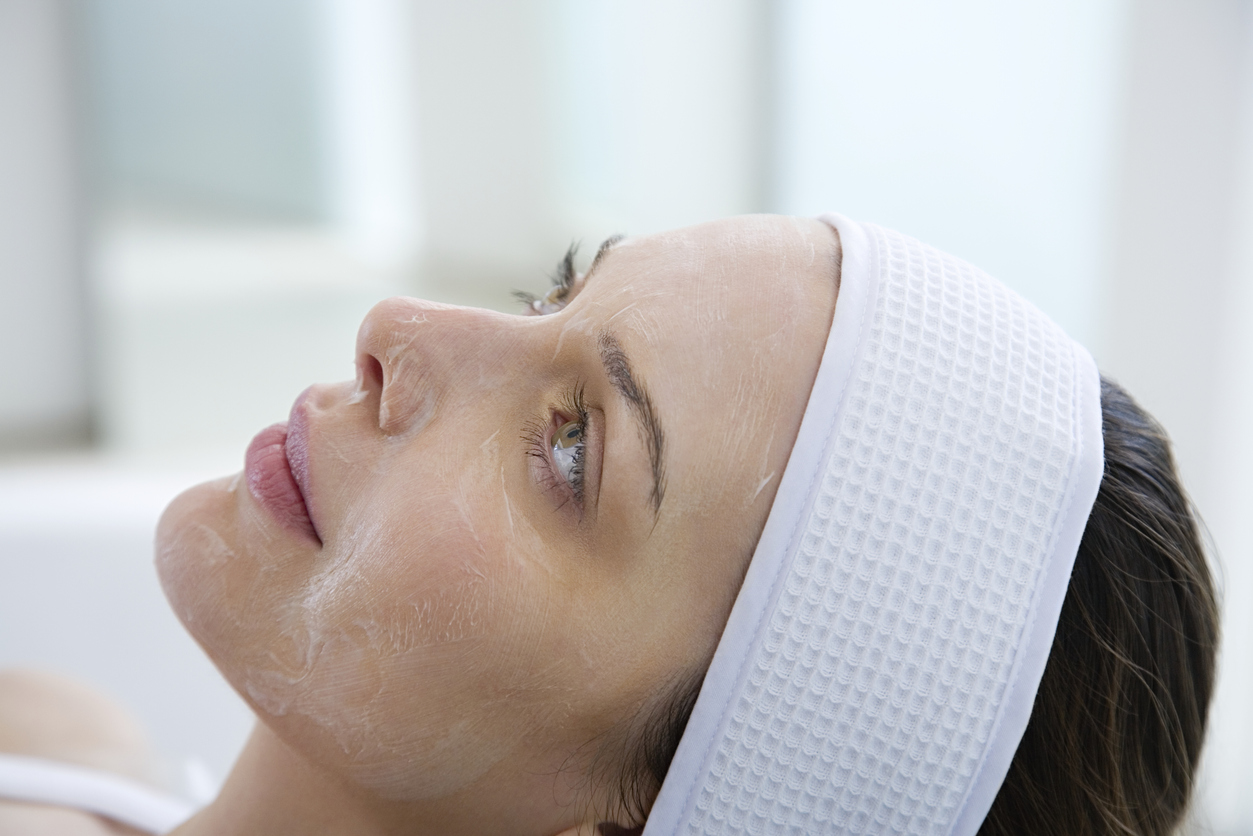If you’re struggling with acne or any other skin condition, then skin purging might not be something you’ve heard of. But it’s a process that’s gaining popularity in the world of skincare. So, what exactly is skin purging, what causes it, and what can you do about it? In this guide, we’ll explore everything you need to know about skin purging, including its causes, symptoms, and what to do if it happens to you.
What Is Skin Purging?
Skin purging is a term used to describe the process of your skin clearing out impurities. It usually occurs when you start using a new skincare product or switch to a more potent version of a product you already use. Skin purging results from the ingredients in your skincare products that can cause your skin to speed up its natural exfoliation process, which means that any impurities previously trapped under your skin are brought to the surface.
While skin purging may sound like a bad thing, it’s a sign that your skincare products are working. Your skin is simply getting rid of the impurities that have been trapped underneath. This can include black and whiteheads and other types of blemishes.
There are a few specific ingredients and products that cause skin purging, such as:
- Retinol
- Exfoliating acids (AHAs and BHAs)
- Vitamin C
- Dead skin cleanser
It’s important to note that skin purging is different from a breakout. A breakout occurs when your skin reacts negatively to a new product, causing inflammation and irritation. On the other hand, skin purging is a natural process that occurs as your skin adjusts to a new product.
Is Skin Purging Good?
In short, yes. Skin purging is considered a good thing as it’s a natural process that helps to remove impurities from your skin. Although it may be inconvenient and unsightly, it’s essential to remember that once skin purging is over, your skin will be much clearer and brighter than before.
What Does Skin Purging Look Like?
It’s essential to understand what skin purging looks like so that you can differentiate it from a negative reaction to a new skincare product. The image above is what skin purging can look like in a severe case. Most people don’t experience symptoms this server, but it’s possible.
When your skin is purging, it may look different depending on your skin type and the type of product you’re using. Check out the table below to determine how skin purging looks per your skin type.
| Skin Types and Purging | Description |
| Oily skin | Skin purging may look like small, red bumps or pimples. These may appear on your forehead, nose, chin, or cheeks. |
| Dry or sensitive skin | Skin purging may look like flakiness or dry patches. The new product speeds up the exfoliation, causing dead skin cells to shed more quickly than usual. |
| Combination skin | Skin purging may look like a mix of both oily and dry symptoms. You may experience breakouts in your T-zone, while the rest of your face feels dry and tight. |
In some cases, skin purging may appear as blackheads or whiteheads. These can be difficult to differentiate from regular acne, but they will typically appear in areas where you don’t usually experience breakouts.
It’s also possible for skin purging to result in cystic acne. This is a more severe form of acne characterized by large, painful, pus-filled bumps. If you experience cystic acne during skin purging, it’s essential to speak with a dermatologist to determine the best course of treatment.
The key to identifying skin purging is to pay attention to when it starts happening. If you’re experiencing an increase in breakouts after beginning a new skincare product, then it’s likely that you’re going through skin purging.
However, look out for severe symptoms, such as:
- Widespread redness
- Itching
- Burning
If you experience these symptoms, it might be worth it to stop using the new product for a bit before trying a different formula, as your skin might also be allergic.
Skin Purging Vs. Breakout
Although skin purging may look like a typical breakout, it’s essential to understand the differences between the two. In the table below, we go into depth into the differences between what skin purging looks like vs. what breakouts look like.
| Skin Purging Characteristics | Breakout Characteristics |
|
|
In addition to using the right products, several other factors can affect your skin’s health. These include your diet, stress levels, and sleep quality. Eating a balanced diet rich in fruits, vegetables, and healthy fats can help nourish your skin from the inside out. Reducing stress through activities like yoga, meditation, or exercise can also help improve the overall health of your skin. Finally, getting enough sleep is essential for allowing your skin to repair and regenerate itself.
How Long Does Skin Purging Last?
The duration of skin purging can vary depending on a few factors. Firstly, it depends on the type of product you’re using. Some products, such as chemical exfoliants and retinoids, can cause more intense purging than others.
Secondly, it depends on the severity of the impurities in your skin. If you have a lot of congestion and buildup, it may take longer for your skin to purge.
On average, skin purging lasts between four to six weeks. During this time, it’s important to stick to your skincare routine and be patient. While it may be tempting to stop using the product, giving your skin time to adjust and go through the purging process is essential. You can also help to speed up the process by drinking plenty of water, eating a healthy diet, and getting enough sleep.
It’s also important to note that not everyone will experience skin purging. Some people may react to a new product unrelated to purging. If you experience severe or prolonged irritation, speaking to a dermatologist is best.
How To Speed Up Purging Skin
Dealing with skin purging can be frustrating, especially when you’re eager to see results from a new skincare routine. Unfortunately, this process is a natural and necessary part of the skin’s healing process and can’t be rushed.
However, there are several things you can do to reduce the severity of skin purging and make the process more manageable, such as:
- It’s essential to keep your skin hydrated. Drinking plenty of water and using a hydrating moisturizer can help keep your skin healthy and prevent further irritation.
- Avoid using products that can dry out your skin, such as harsh cleansers or alcohol-based toners.
- Resist the urge to pick at your skin. Picking at pimples or acne can worsen the purging process and cause scarring. Let the process run its course, and avoid touching your face as much as possible.
While you can’t speed up the process of skin purging, there are several things you can do to make the process more manageable. By keeping your skin hydrated, avoiding picking at it, being gentle, placing your skincare in a skincare fridge, and recognizing when it’s time to switch up your skincare routine, you can help your skin heal, achieving a healthy, glowing complexion.
Skin Purging Before and After
During the skin purging process, you may notice an increase in breakouts, blackheads, and whiteheads. This is because the new product is speeding up your skin’s natural exfoliation process, which can cause a temporary increase in acne. However, this is a good sign that the product is working and that your skin is purging impurities.
After the skin purging process, you’ll notice a significant improvement in your skin’s overall appearance. Your skin will be smoother, brighter, and more even-toned. You’ll also see that your pores are smaller and less visible, and your skin is less prone to breakouts.
Common Causes
A few skincare products on the market are the leading causes for skin purging, retinol, salicylic acid, acne, after facials, after dermaplaning, and vitamin C. If you’re curious about certain products or processes and why they cause skin purging, check out our descriptions below.
Retinol
Many people fear retinol due to its strong and powerful properties, but it’s a great addition to anyone’s skincare routine. This super product promotes cell turnover, meaning new and healthy cells surface, replacing the old dead ones. It is also one of the best products to help with sebaceous filaments.
During this process, it purges up the debris hiding under the skin, causing oils and debris trapped deep under your skin to surface, resulting in breakouts and worsening of clogged pores.
However, once you get over that hump of purging, your skin will settle and become used to it, revealing flawless skin. Retinol also prevents aging and reverses skin damage.
Salicylic Acid
Salicylic acid is another great skincare product everyone should add to the skincare routine. Like retinol, it promotes cell turnover causing the skin to purge. This product is great for treating acne as it reduces swelling, redness, unclogging, and shrinking pores.
Skin purging with salicylic acid is typically less severe than with retinol. But, it can cause some breakouts from the purging. It will be worth it in the end.
Acne
If you have acne and are going through treatments to try and eliminate it, certain products can cause you to purge. Products like rational, salicylic acid, and other acne treatments. Not only do they help to diminish acne, but they help to rid your skin of any possible upcoming acne that is sitting under the skin.
Therefore, if you have acne and try to get rid of it, the products you use can also cause your skin to purge. The acne and the skin purging will be a less favorable combo for a few weeks, but it will be worth it.
After Facial
Facials are a great way to stimulate your skin and make it look healthier and happier; however, some skin types can be prone to breaking out after a facial. You might experience a few spots because of your skin for a few reasons after the facial, but a basic facial should never cause skin purging.
If you get extractions during your facial, you may notice residual content surfacing naturally if the pore is not completely cleared. If certain products are used, like a strong chemical peel, you might notice the gunk under your skin surface and become a pimple, but it shouldn’t be severe.
All in all, you shouldn’t be experiencing lots of spots or acne after a facial. If you are, then products that are too heavy for your skin are being used during the facial, clogging your pores and creating new pimples.
After Dermaplaning
Dermaplaning should never cause skin purging. If you dermaplane and experience spots, those are breakouts, not the results of skin purging.
Dermaplaning uses a sharp thin blade, to remove dead skin and peach fuzz from the face. No deep cleansing occurs, or cleaning at all, for that matter. However, we will say that dermaplaning allows your skincare products to penetrate deeper into the skin, which can result in skin purging, depending on the product, but dermaplaning alone won’t cause it.
You might experience acne from dermaplaning if the blade is improperly cleaned and transfers bacteria onto your face. You may also experience razor burn if the blade is dull.
Vitamin C
Vitamin C, like retinol and salicylic acid, has specific ingredients that can cause the skin to purge. Vitamin C promotes cell turnover, therefore leading to the possibility of skin purging. Vitamin C isn’t as strong of a formula as chemical exfoliants, so it shouldn’t cause as severe of a purge.
Treating Skin Purging
One way to help ease the process is to opt for a gentle cleanser free of irritants, like fragrance or alcohol, and doesn’t clog pores. This will help to improve your skin purging and prevent any further breakouts from occurring.
Additionally, using a cleanser meant for your skin type will help prevent any further breakouts or irritation, like a face wash for oily skin if you have oily skin. A good skin-tightening moisturizer will help keep skin moisturized without giving too much moisture to the blemishes. Also, avoid using harsh scrubs or exfoliants, as these can further irritate your skin and exacerbate the purging process.
If you’re dealing with particularly stubborn breakouts, using a spot treatment can be helpful when treating skin purging. Spot treatments containing salicylic acid or benzoyl peroxide can help reduce inflammation and prevent breakouts. However, using these treatments sparingly and only on the affected areas is essential, as overuse can lead to dryness and irritation.
If your skin purging is severe or doesn’t improve after a few weeks, seeing a dermatologist is essential. They can prescribe you medication or recommend specific products that may be more effective for your skin type. Additionally, they can help rule out any underlying skin conditions contributing to your breakouts.
FAQ
My Face Is Itchy While Face Purging?
Stop using the skin care product immediately if your face has become itchy during purging. There is a high likely hood that you are allergic to the product you are using. This doesn’t mean you are necessarily allergic to the exact product but likely the formula.
How Can I Stop Skin Purging?
If you want to stop skin purging, you can simply just stop. Or you can keep going until your skin settles and adjust to the product. But, if you want to stop, you must stop and return to your routine.
Purge IT Out!
Overall, skin purging is an essential process that helps your skin to clear out impurities. Although it may be inconvenient and unsightly, it’s vital to remember that once the process is over, your skin will be much clearer and healthier. In the meantime, remember to be gentle with your skin, keep it hydrated and seek professional help if necessary. Here’s to happy and healthy skin!





